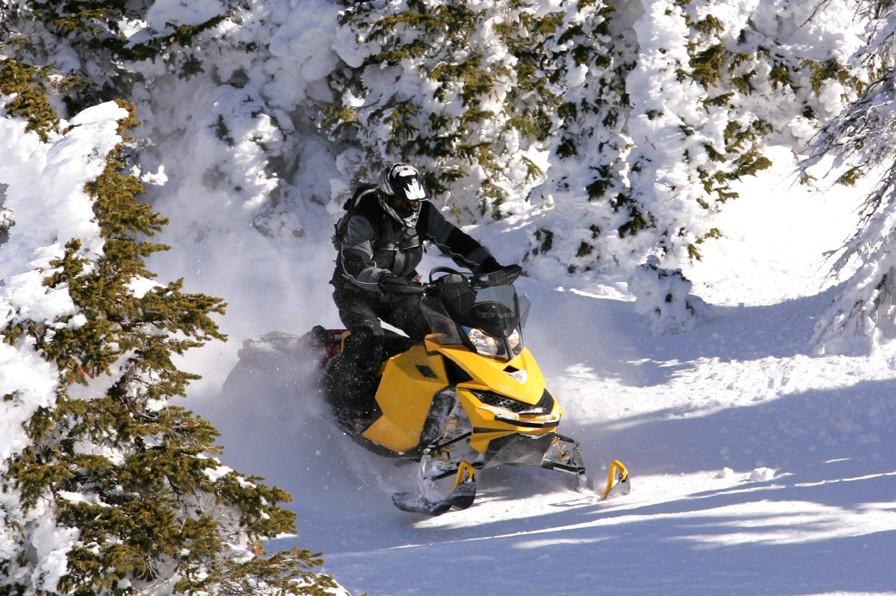Advertisement
For anglers and hunters, a snowmobile is often the best, if not the only, way to get into the backcountry for a winter rabbit hunt or a day of ice fishing. As with any recreational vehicle, it’s always a good idea to play it safe—and even more so when you’re heading out to the back of beyond. So, before you embark on your next sledding trip through Canada’s frozen woods and waters, take a moment to run through this safety checklist. It just might help you stay on the right side of the ice.
Plan ahead
Advertisement
Leave a trip itinerary with someone before you head out on the trail. That way, your family or friends will know when and where to start looking for you if you don’t make it back as scheduled.
Dress properly
Do you have the correct garb for a day on the trails? For starters, you need a Canadian Safety Association-approved snowmobile helmet, windproof and insulated outerwear, layered innerwear and a quality pair of mitts (they keep your fingers warmer than gloves do). As for footwear, it’s a good idea to go with rubber-bottomed boots, especially if you’re sledding in the spring when the ice gets slushy.
Advertisement
Be prepared
If you do a lot of backcountry sledding, make sure you’re familiar with the basic mechanics of your snowmobile in case it breaks down. It could mean the difference between a fun trip and a long, cold walk home. Always carry fresh spark plugs, a spare drive belt, extra fuel and the owner’s manual. You should also bring a first aid kit, knife, flashlight, spare ignition key, map, compass, extra clothing, flares, waterproof matches and emergency food rations.
Stay sober
Every year, the outdoor community loses some of its own because of alcohol- or drug-related snowmobile accidents. Not only is sledding while intoxicated a criminal offence, doing so also puts you and others at risk. Go ahead, have a few adult beverages at the cabin, but don’t jump back on your machine afterwards for a joyride.
Be alert
While no ice is ever completely safe—always watch out for ruts, pressure cracks and open sections—make sure it’s at least five inches thick before you venture out on your snowmobile. Don’t push the limits and head onto the ice too early or too late in the season.
Ride smart
Make sure you’re riding within your capabilities. Just because your machine can hit 180 kilometres per hour, it doesn’t mean you have to go that fast. If you’re in unfamiliar territory, in fact, take it slow. It also makes sense to use marked trails whenever possible. And always stop and look both ways when crossing roads and railway tracks. If you’re travelling in a group, meanwhile, don’t follow too closely to the rider in front of you. Finally, always get permission before riding on private property or trails.
Happy sledding!
For more on snowmobile safety, as well as a list of clubs across the country, visit the Canadian Council of Snowmobile Organization.

